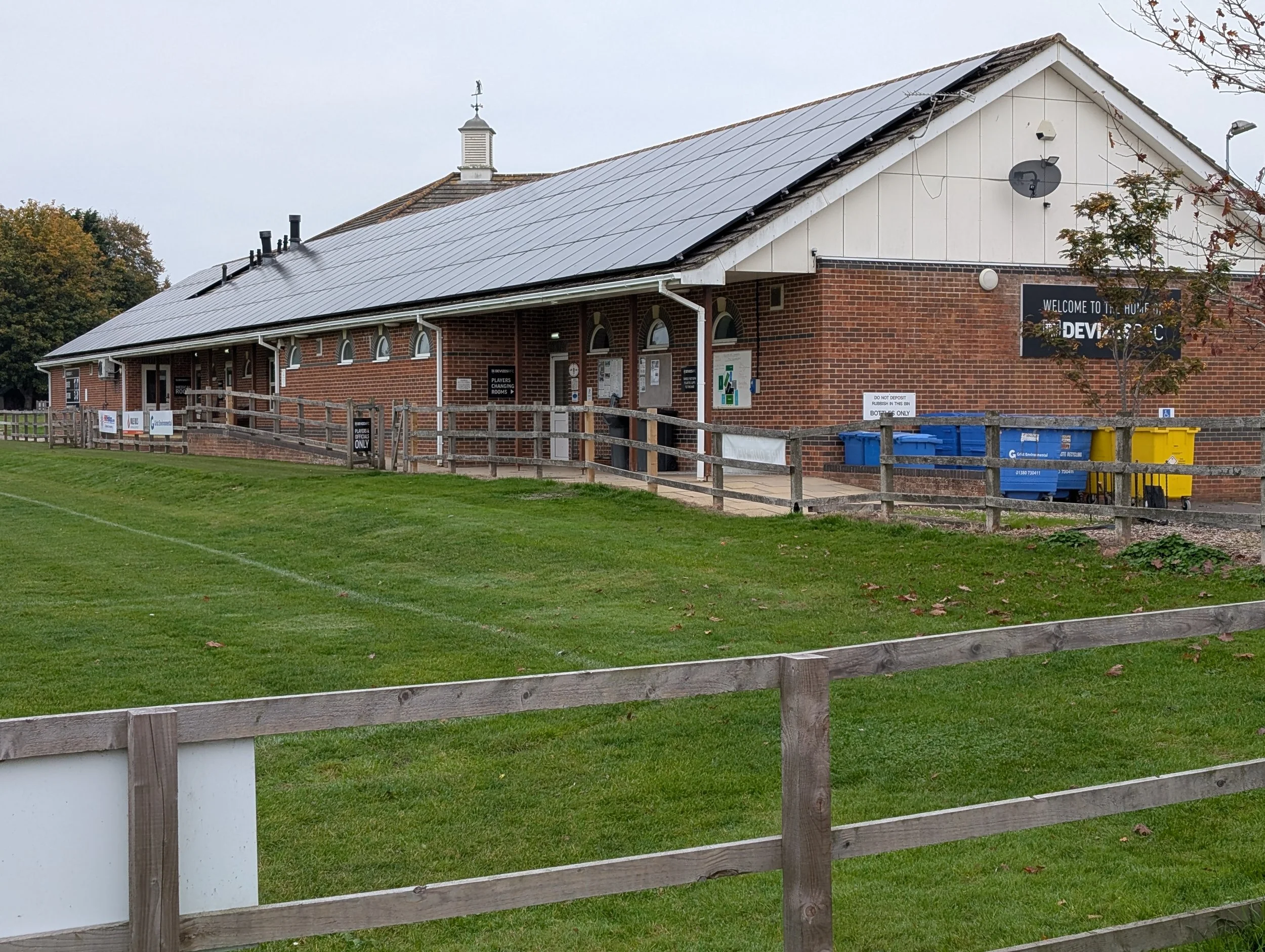Connecting cricket and climate along the Kennet & Avon Canal
130 miles, 11 cricket clubs
Dan Looney, one of our The Next Test volunteers recently walked the Kennet & Avon Canal from Reading to Bath, then onwards via the River Avon to Bristol, visiting 11 cricket grounds along the way. He writes about his experiences below.
“I love history, so my weeklong adventure was to explore the canal and the unique sites alongside it, while enjoying the physical exertion (but not appreciating the insects in my eyes or mouth as part of the biodiversity!). After planning my walk, I thought it might also be good to try to ‘connect’ the nearby cricket clubs as many of them face similar climate related issues to those we highlight regularly.
The role of canals as a commercial enterprise is well documented, yet it is hard to imagine surveying and building one into the changing landscapes until you see it closely. The huge number of different sluices and weirs needed at every lock was astounding, and hearing their powerful flow was a memorable part of my experience. You can also visualise the demise of canals as planet Earth went from one billion to eight billion people… standing in one place, you often see the succession of a railroad, a motorway, and airplanes, with each innovation contributing to efficiency but releasing exponential amounts of fossil-fuel emissions.
This links to our recent ‘Climate and Nature Action Plan for Cricket’ and its themes of energy; transportation; food; nature; waste & resources; and buildings & grounds. We know clubs face challenges in these areas, combined with rising insurance premiums, so any knowledge shared can be beneficial. I reached out to clubs within one mile of the canal, while anticipating that most are in hibernation for the winter, then I visited each ground for a photograph, hoping to learn and share positive stories (although a few clubs share recreational grounds with no obvious cricket signage in October).
I saw encouraging things amid the offseason shutdown of clubhouses, wickets, and practice nets. Some clubs have solar panels and are usually willing to share their knowledge with others, especially if linked to surplus generation or modern battery storage systems. A few clubs have boreholes, able to provide clean water on their wickets which then filters back into the aquifer in a virtuous circle. This was interesting and unexpected, revealing how certain clubs can benefit from their local geology, whereas others rely on ageing infrastructure and water companies.
Several clubs had signs of appreciation for funding grants received from national and local sources, something other clubs could ask about if they are interested. Donations and local sponsorships are also proudly shown at many grounds, a discussion point for all club committees. These are the subtle reminders of how behind-the-scenes volunteers are key to the success and financial stability at grassroots clubs.
I want to finish by saying a huge thank you to the Canal & River Trust for their 50+ years of restoration, saving the Kennet & Avon Canal from ruin. Their work has been extraordinary, yet they are facing similar climate challenges to many cricket clubs, with intermittent bouts of extreme rain, heat or drought. The clubs I visited play in different towns or villages but have the canal as a common connection, I wish them all well and hope this article highlights some of the great work by their volunteers.”














